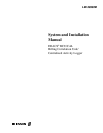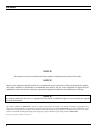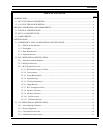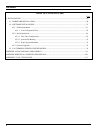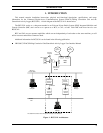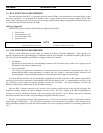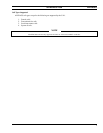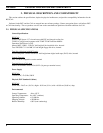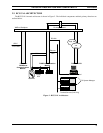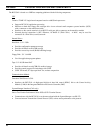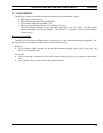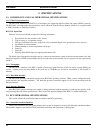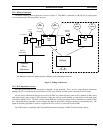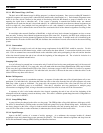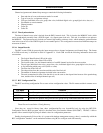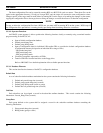
LBI-38965 INTRODUCTION
6
1.1. BCU FUNCTIONAL DESCRIPTION
The main function of the BCU is to generate call detail records (CDRs) to be transferred to an external billing system
for invoice generation. To accomplish this, the BCU scans an input stream of activity messages supplied by the IMC,
archives these messages in their raw form, uses those messages which indicate channel assignment and channel drop events
to calculate air time, and then generates the CDR.
Call Types Supported
All EDACS call types except for the following are supported by the BCU:
1. Console calls.
2. Conventional site calls.
3. Local interconnect calls.
4. System all calls.
Non-EDG data calls are only supported if radios are “wide-area enabled” on the site.
1.2. CAL FUNCTIONAL DESCRIPTION
EDACS system administrators require both site monitor and activity download capabilities. These functions are
normally supported by the System Manager in conjunction with the Site Controller at each Radio Frequency (RF) System.
The CAL provides this capability for EDACS not equipped with a Site Controller.
1. Site Monitor
Provides the system operator at a System Manager terminal with a real-time display of the calls in progress on the
RF channels at the selected trunked system.
2. Activity Download
Call activity and system status information are collected by the CAL and buffered in internal memory. Once an
operator-defined buffer content threshold is exceeded, the CAL initiates a download of buffer contents to the
System Manager. The downloaded information is used to prepare traffic reports on system usage.
In existing EDACS networks, the System Manager communicates with Site Controllers at RF systems using modems
and dial-up or leased line connections, routed through a DECServer terminal server. A communications session is set up
via a DECServer port between the System Manager and the Site Controller. The System Manager associates the
DECServer physical port number with the Site Controller's identity.
Since the IMC is already connected to all the sites, it has centrally available much of the data that individual Site
Controllers normally output to the System Managerfor all the sites. The CAL connects to the IMC and demultiplexes
incoming call activity information messagesthe same messages that the BCU uses for billinginto activity download
data and site monitor data to send to a System Manager using Site Controller protocol.
The CAL uses two Internet Protocol (IP) terminal servers on the local area network (LAN) to communicate with the
System Manager's DECServer(s). Up to 32 RS-232 asynchronous serial connections are available, 16 per terminal server.
One System Manager DECServer port and one IP terminal server port are required per EDACS system being monitored by
CAL.
NOTE



